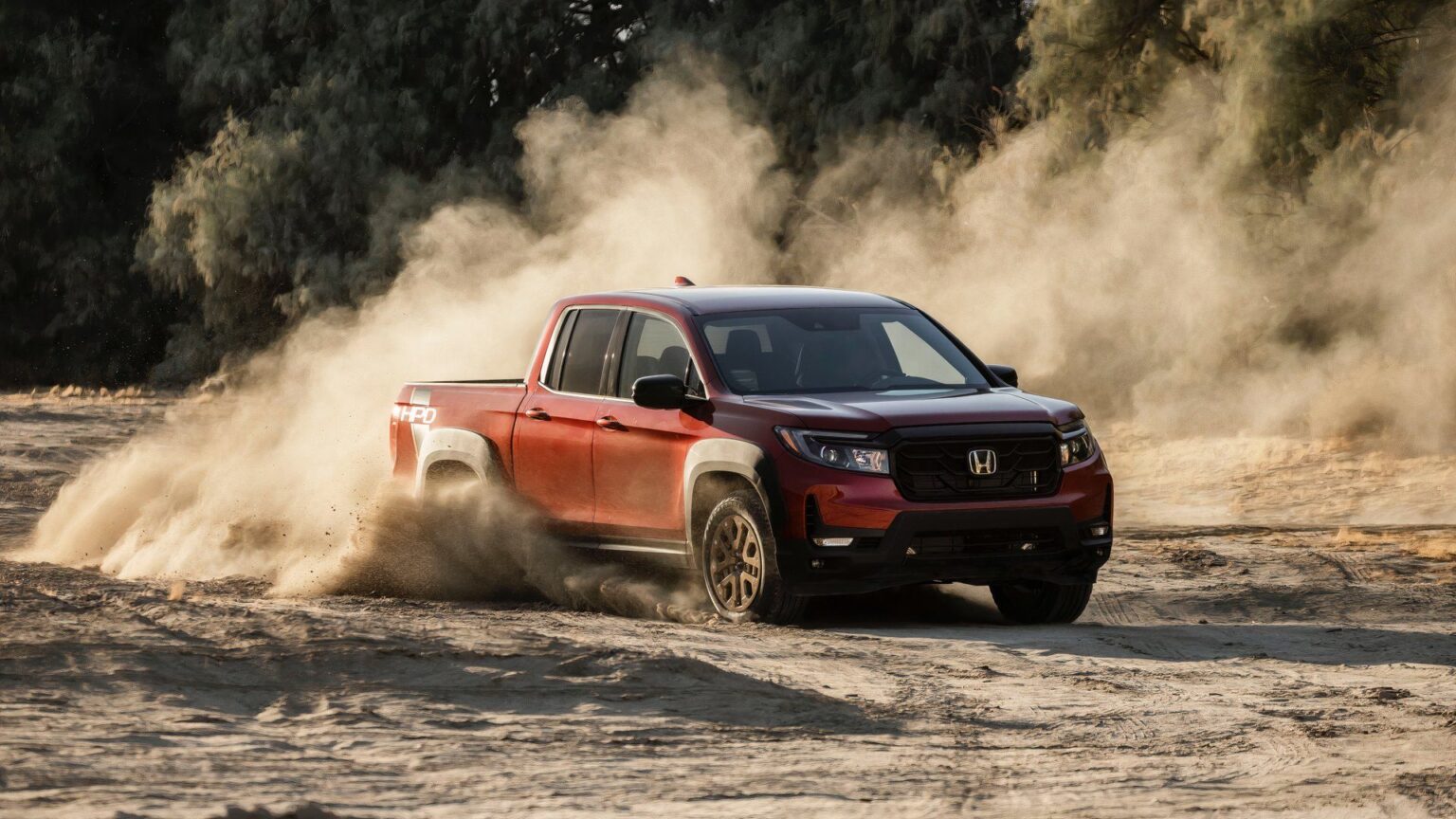Honda may soon get its first opportunity to make a true full-size SUV and pickup truck, according to AutomotiveNews. After speaking with Honda Motor Co.’s executive vice president, Noriya Kaihara, the outlet learned that the merger between Honda and Nissan could give Honda access to Nissan’s experience and knowledge in producing full-size body-on-frame trucks. That’s because the automakers will now be collaborating on unprecedented levels, breaking down competitive walls that once kept each company’s products unique from one another.
Several weeks ago, news broke about Nissan looking for a new collaborative partner after announcing that its near-term financial stability was in a dire state. That hunt later led to discussions between Nissan and Honda, which is how the two companies eventually agreed to merge at the corporate level. Now that the two automakers are joining forces, this could open up a whole new world of possibilities for vehicles from both companies.
Honda And Nissan Merging Could Mean A New Wave Of Vehicles
Currently, Honda produces several SUVs as well as the Ridgeline pickup. But the company’s never produced a full-fledged body-on-frame truck or pickup (JDM-market Kei cars notwithstanding) and a new model would be the first of its kind for the Big H. Honda’s largest crossover offering is the Pilot, but it’s based on the Accord platform and utilizes an unibody construction. Although other automakers proved that unibody SUVs and trucks can be nearly just as capable as their body-on-frame counterparts, they’re still not as tough and rugged as the latter.
Nissan currently has the Armada, which is essentially a North American-spec version of the worldly Patrol SUV, the company’s direct competitor to the Toyota Land Cruiser. In the 2000s, Nissan spawned the Titan full-size pickup off of the Armada/Patrol platform, making it the only other Japanese full-size pickup, next to the Toyota Tundra. However, Nissan discontinued the Titan after the second generation, citing slow sales and a shift to focus more on electric vehicles.
The Yokohama-based automaker still produces the midsize Frontier, which remains its most popular pickup model. The Frontier is a U.S. variant of the global Navara and a competitor to the Toyota Tacoma. Elsewhere, the Navara’s direct competitor is the Toyota Hilux.
Aside from the Pilot-based Ridgeline, Honda doesn’t produce any other pickup option. But with the merger breaking down those competitive proprietary walls, the Big H may be able to benefit from Nissan’s body-on-frame truck platforms, with Kaihara suggesting that Honda could “get some of those Nissan vehicles.”
“Nissan has a little bit larger class, e-segment vehicles that we don’t have at this moment. So, if we can exchange some of our vehicles, that would be a benefit for us in the short term,” Kaihara recently said to reporters after the company’s main press conference at the Consumer Electronics Show in Las Vegas.
Honda Wants To Share R&D And Production Resources With Nissan
In addition to platform sharing, Kaihara noted that Honda’s interest in Nissan also stemmed from the fact that the two companies could share developmental costs when researching new vehicles. This could not only help both companies save R&D money, but it could also accelerate the process of coming up with new models. This is especially the case with electric vehicles.
“Our concentration on the current development of software-defined vehicles makes us very unique, and also developing our own battery will benefit us in differentiation from other OEMs,” Kaihara said to reporters, in regards to EVs and their known high developmental costs. “From that point of view, it is wise for us to share that area of the business with someone else.”
Though the pooling of resources isn’t just isolated to generating new products, as Honda also sees the potential in sharing production resources. Kaihara shared that Honda’s automotive manufacturing is currently operating at full capacity in North America and that teaming up with Nissan in production could help boost Honda’s overall output.
However, this may require some logistical restructuring in terms of plant and assembly line facilities. The lingering threat of tariffs from the incoming Trump Administration also has both companies in a holding pattern, since they’re waiting to see how these policies may affect production.
“We might have to consider maybe changing production locations, for example, from Mexico to Japan or somewhere else,” Kaihara concluded on the topic of manufacturing. “Or maybe maximize U.S. production and try to find some way to waive that Mexico or Canada tariff, if it’s applied.”
Source: AutomotiveNews
Read the full article here


